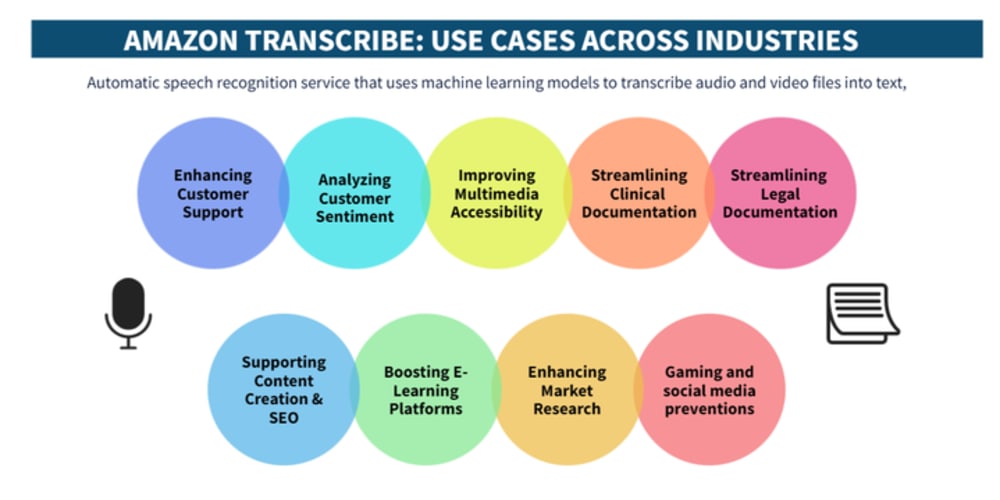Introduction
Machine learning is a subset of artificial intelligence that focuses on developing algorithms and models that allow machines to learn and make autonomous decisions without being explicitly programmed. R is a popular programming language used for statistical computing and graphics, which is also widely used for implementing machine learning algorithms. In this article, we will provide an introduction to machine learning algorithms in R.
Advantages
One of the main advantages of using R for machine learning is its extensive library of packages. There are numerous packages available in R specifically designed for data manipulation, preprocessing, and modeling, making it a convenient tool for machine learning tasks. Furthermore, R's visual capabilities allow for quick and easy data exploration and model evaluation.
Disadvantages
While R has a vast library of packages for machine learning, it can be overwhelming for beginners to navigate through them. Additionally, R's syntax can be more complex compared to other programming languages, making it challenging for those without a strong background in coding.
Features
R offers a wide range of machine learning algorithms, including regression, decision trees, support vector machines, and neural networks. It also has powerful data preprocessing capabilities, such as handling missing values, scaling, and encoding categorical variables. It also has built-in cross-validation functions for evaluating model performance.
Example of Machine Learning with R
Here is a simple example of implementing linear regression in R, which is a fundamental machine learning algorithm:
# Load the necessary library
library(stats)
# Sample data
data <- data.frame(
hours = c(2, 3, 4, 5, 6, 7, 8),
scores = c(20, 30, 40, 50, 60, 70, 80)
)
# Build the linear regression model
model <- lm(scores ~ hours, data = data)
# Summarize the model
summary(model)
This example demonstrates how to perform linear regression analysis, which is one of the most basic machine learning techniques, using R’s built-in functions.
Conclusion
Machine learning algorithms in R provide powerful tools for data analysis and predictive modeling. While it may have a steep learning curve for beginners, the extensive library of packages and advanced features make it a popular choice for implementing machine learning tasks. With the continuous growth and advancement in this field, R will remain an important language for machine learning applications.



















